Imagine standing on sunbaked stone in northeastern Brazil, knowing that beneath your feet lie echoes of a world teeming with ancient life. The Araripe Basin is not just a place on a map—it’s a window to a prehistoric wonderland, where every rock might hold the secret of a vanished creature. For paleontologists, it’s like a time machine powered by sweat, mud, and the thrill of discovery. The bones, shells, and impressions found here seem to whisper stories from 110 million years ago, revealing mysteries that challenge our wildest imaginations. This isn’t just science—it’s adventure, heartbreak, and awe all rolled into one. If you’ve ever dreamed of dinosaurs or marveled at the beauty of fossils, you’re about to fall in love with the Araripe Basin.
A Landscape Forged by Time and Fire
The Araripe Basin sprawls across the borders of Ceará, Pernambuco, and Piauí in Brazil. Its roots reach back to when South America and Africa were still joined together, slowly pulling apart with volcanic force. This tectonic drama shaped the land, creating lakes and rivers that became perfect for preserving ancient life. Today, the basin’s layered rocks are like pages in a giant stone book, each one stamped with traces of vanished worlds. The climate swings from scorching dry to lush rainy, but the rocks remain, quietly guarding their prehistoric secrets. When you walk here, you’re literally treading on the remains of vanished continents and lost ecosystems.
Birthplace of the Crato and Santana Formations

Two geological formations—the Crato and Santana—make the Araripe Basin truly special. The Crato Formation is famous for its fine limestone, which acts like a natural press, preserving even the most delicate details. Just above it lies the Santana Formation, packed with harder rocks and fossilized bones that survived the ages. Together, these layers span millions of years, capturing a snapshot of life from the Lower Cretaceous period. It’s almost like someone pressed “pause” on evolution, freezing everything from fish to ferns for us to find.
Why Fossils Here Are So Remarkably Preserved
Fossils from Araripe are famous for their mind-blowing detail. In some cases, even soft tissues like skin, muscles, and internal organs are fossilized—something incredibly rare. How did this happen? Scientists believe that rapid burial after death, low oxygen levels in the ancient lakes, and unique chemical conditions combined to halt decay. Imagine a fish dying, sinking quickly to the bottom, and being covered by fine silt before scavengers or bacteria could destroy it. Over time, minerals replaced the fish’s tissues, turning it into a rock-hard sculpture of life. It’s like nature’s own 3D printer, working over millions of years.
Dinosaurs of Araripe: Giants and Oddities
While the basin isn’t as packed with giant dinosaur skeletons as some places, it still boasts some jaw-dropping finds. The theropod Irritator challengeri, for example, was discovered with a bizarrely long snout—leading some to think it hunted fish like a modern heron. Another curiosity is Santanaraptor, a smaller meat-eater whose fossils preserved traces of soft tissue and even possible muscle fibers. The basin’s dinosaurs aren’t always the biggest, but their weirdness makes them unforgettable.
Flying Reptiles: The Pterosaurs of the Sky
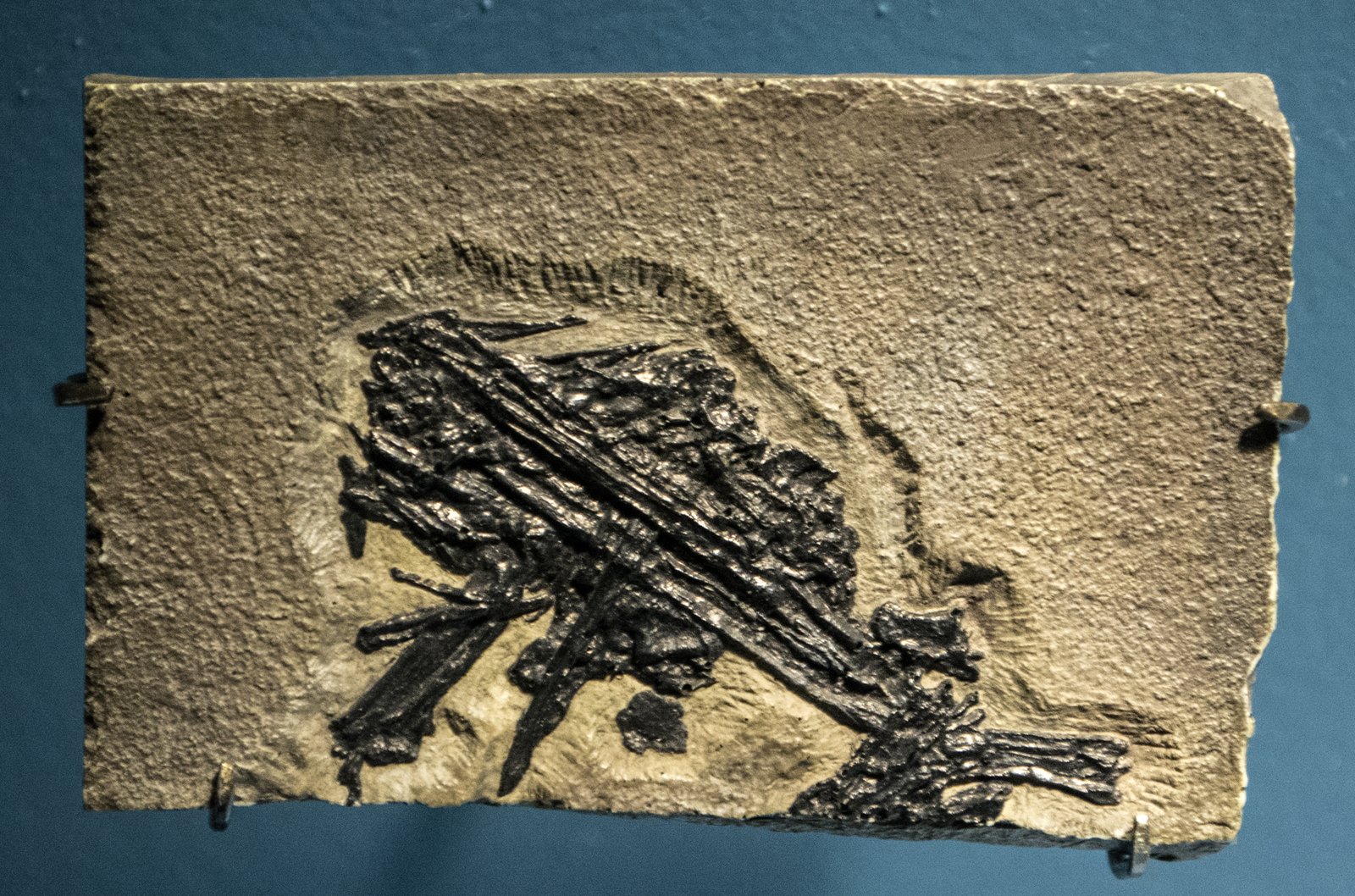
If you could travel back 110 million years and look up, you might see massive pterosaurs wheeling overhead. The Araripe Basin is a hotspot for these flying reptiles, including the iconic Tapejara and Tupandactylus, famous for their wild head crests. These bizarre structures—like sailboats on their heads—might have been used for attracting mates or scaring rivals. The detail in their fossils is so fine that scientists have even found impressions of wing membranes. It’s as if time reached out and left us a message written in ancient bone and skin.
Fossil Fish: A Glimpse Into Ancient Waters
The fossil fish of Araripe are nothing short of spectacular. Species like Dastilbe and Vinctifer once swam in the ancient lakes and rivers, and today, their remains tell us about prehistoric ecosystems. Some fossils show stomach contents, revealing what these creatures ate. Others preserve the shimmer of ancient scales, giving researchers clues about color and camouflage. Examining these fish is like peering through a window into a lost aquatic world, where predators and prey played out their daily dramas.
The Enigmatic Crocodyliforms
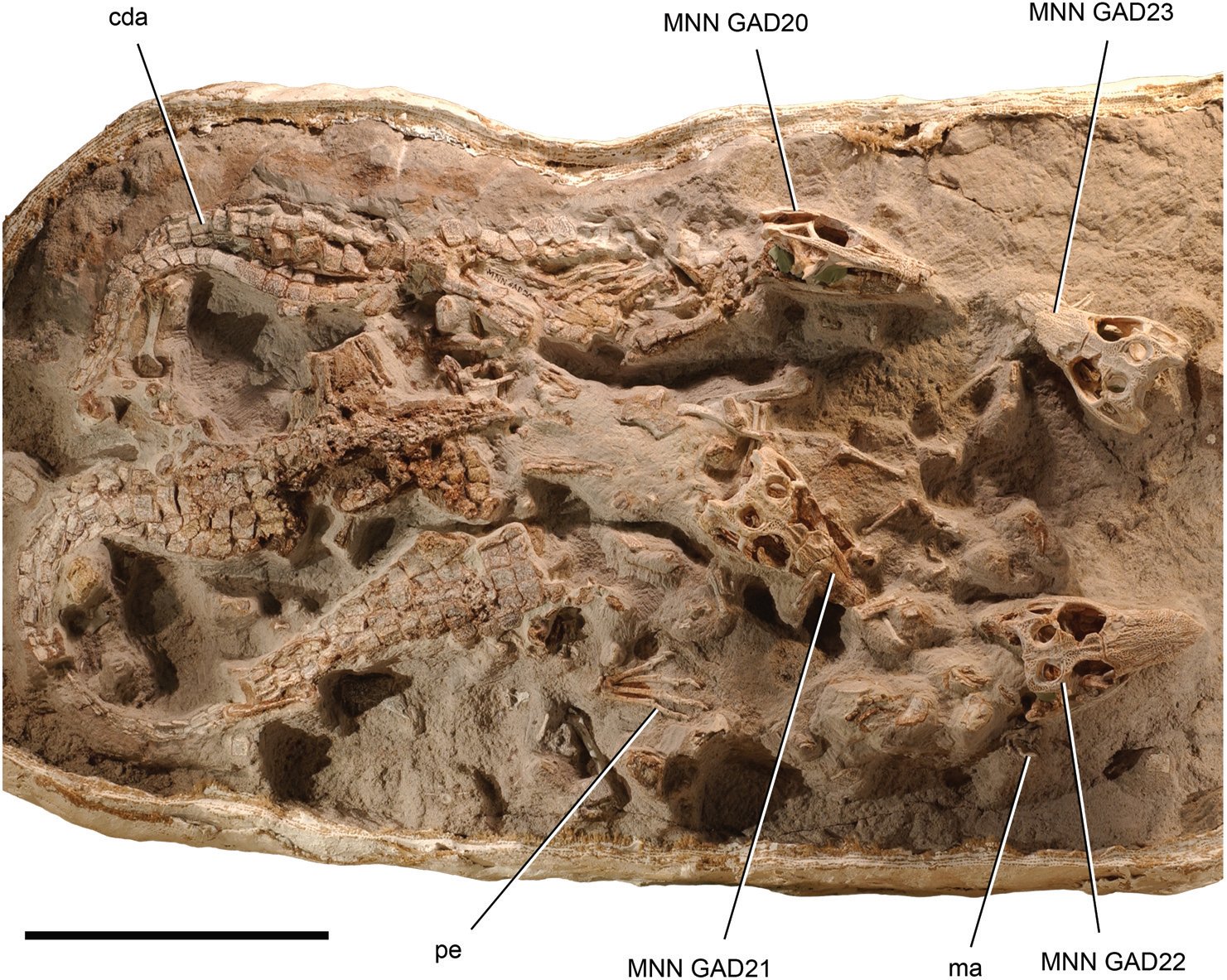
Not all the reptiles of Araripe were giants or flyers—some slithered and swam. The basin is home to fossil crocodyliforms like Araripesuchus, a land-dwelling crocodile relative with unusual teeth. Unlike modern crocs, some of these creatures were built for running on land and may have hunted small animals. Their fossils, complete with skin impressions, help scientists understand how ancient crocs evolved alongside dinosaurs and other reptiles. It’s a reminder that not all prehistoric stories are about towering monsters—sometimes, the weirdest creatures walked on four stubby legs.
The Hidden World of Plants and Insects
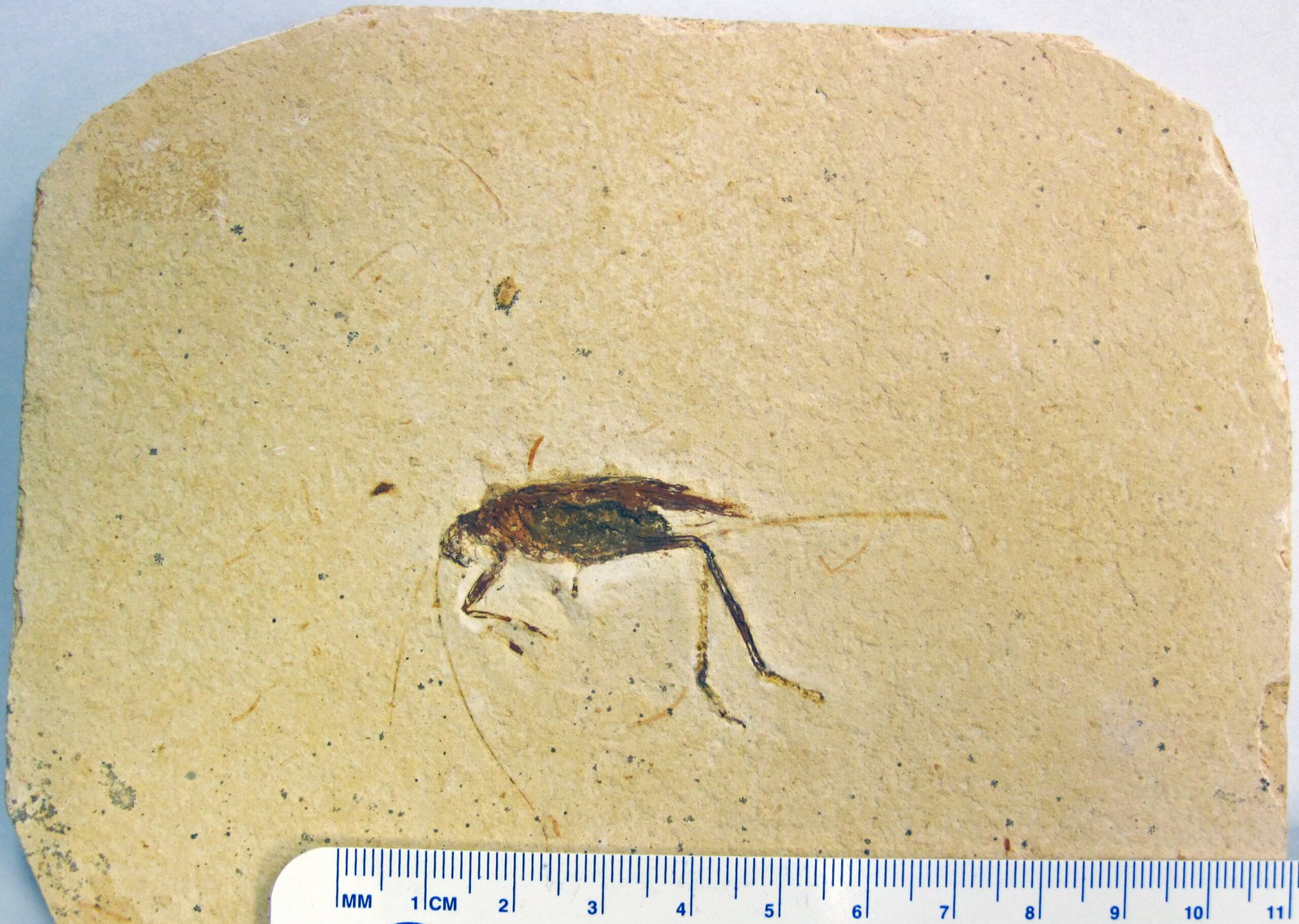
The Araripe Basin isn’t just about dramatic skeletons. Delicate plant fossils reveal ferns, conifers, and early flowering plants that once carpeted the landscape. Insects, too, are preserved in astonishing detail—sometimes with wings, antennae, and even coloring. Imagine a prehistoric dragonfly, frozen mid-flight for eternity. These finds help scientists reconstruct the environment, showing that the basin was once a lush, vibrant place, teeming with life at every level.
Amber: Nature’s Time Capsule
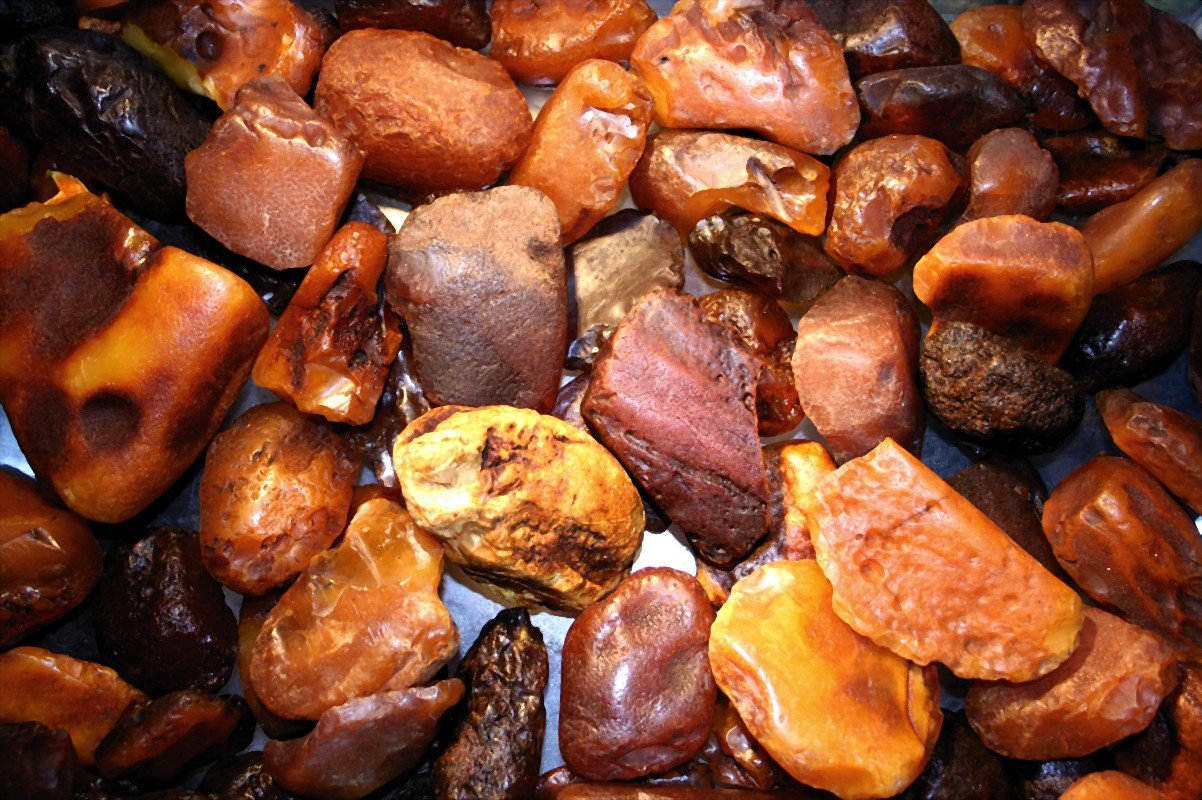
Occasionally, the Araripe Basin yields pieces of ancient amber—fossilized tree resin that can trap and preserve insects, pollen, and even tiny feathers. These amber nuggets are like mini-museums, offering a direct look at the ecosystem’s smallest inhabitants. Inside, scientists have found spiders, wasps, and other creatures, all perfectly preserved. It’s hard not to feel a tingle of excitement, knowing that these ancient life forms are still with us, suspended in golden drops.
Fossil Lagerstätten: What Makes Araripe So Unique?
The word “Lagerstätte” is German for a fossil deposit of extraordinary richness and detail. The Araripe Basin is one of the world’s most famous Lagerstätten. Its combination of rapid burial, mineral-rich waters, and stable conditions created a fossil record that’s almost too good to be true. Scientists from around the world flock here, hoping to uncover the next big discovery. Every new fossil adds a brushstroke to the vibrant picture of Cretaceous life.
A Hub for Scientific Discovery and Debate
The basin is not just a playground for fossil hunters—it’s a hotbed of scientific debate. New finds often challenge old theories, sparking heated discussions about dinosaur evolution, flight, and extinction. Sometimes, fossils are so strange that experts argue for years about what they really are. This lively back-and-forth is the beating heart of science, driven by curiosity, ego, and sometimes a bit of stubbornness. It’s proof that the Araripe Basin isn’t just a place—it’s a living laboratory.
Local Communities and the Fossil Trade
The people living near the Araripe Basin have a complicated relationship with fossils. For many, collecting and selling fossils is a tradition and a source of income. Some fossils end up in private collections or museums abroad, raising questions about heritage and ownership. Brazilian law now protects fossils as national treasures, but illegal sales still happen. This tug-of-war between science, culture, and economics adds a human dimension to the story—a reminder that fossils are more than just rocks.
Preserving the Basin: Challenges and Conservation
Conserving the Araripe Basin is a constant battle. Illegal fossil trade, mining, and land development threaten this irreplaceable resource. Scientists and local governments work together to protect key sites, educate the public, and promote responsible tourism. Schools in the region now teach children about the importance of their geological heritage. Yet, the struggle is ongoing, and every fossil saved is a small victory for science and culture alike.
Fossils as Windows Into Climate Change
Studying Araripe’s fossils isn’t just about dinosaurs—it also unlocks secrets about ancient climates. By analyzing the types of plants and animals found in different layers, scientists can reconstruct prehistoric weather patterns. These insights help us understand how life responded to past climate shifts, offering clues for our own uncertain future. The fossils whisper warnings and lessons, reminding us that change is the only constant.
Museum Marvels: Where Araripe’s Treasures End Up

Many fossils from the basin are displayed in museums across Brazil and the world. The Museu de Paleontologia de Santana do Cariri, located near the heart of the basin, is packed with dazzling displays. Visitors can marvel at fish, pterosaurs, insects, and even ancient plants, all brought to life through careful restoration. These museums play a vital role in education, inspiring future generations of scientists and dreamers.
Modern Technology Meets Ancient Bones
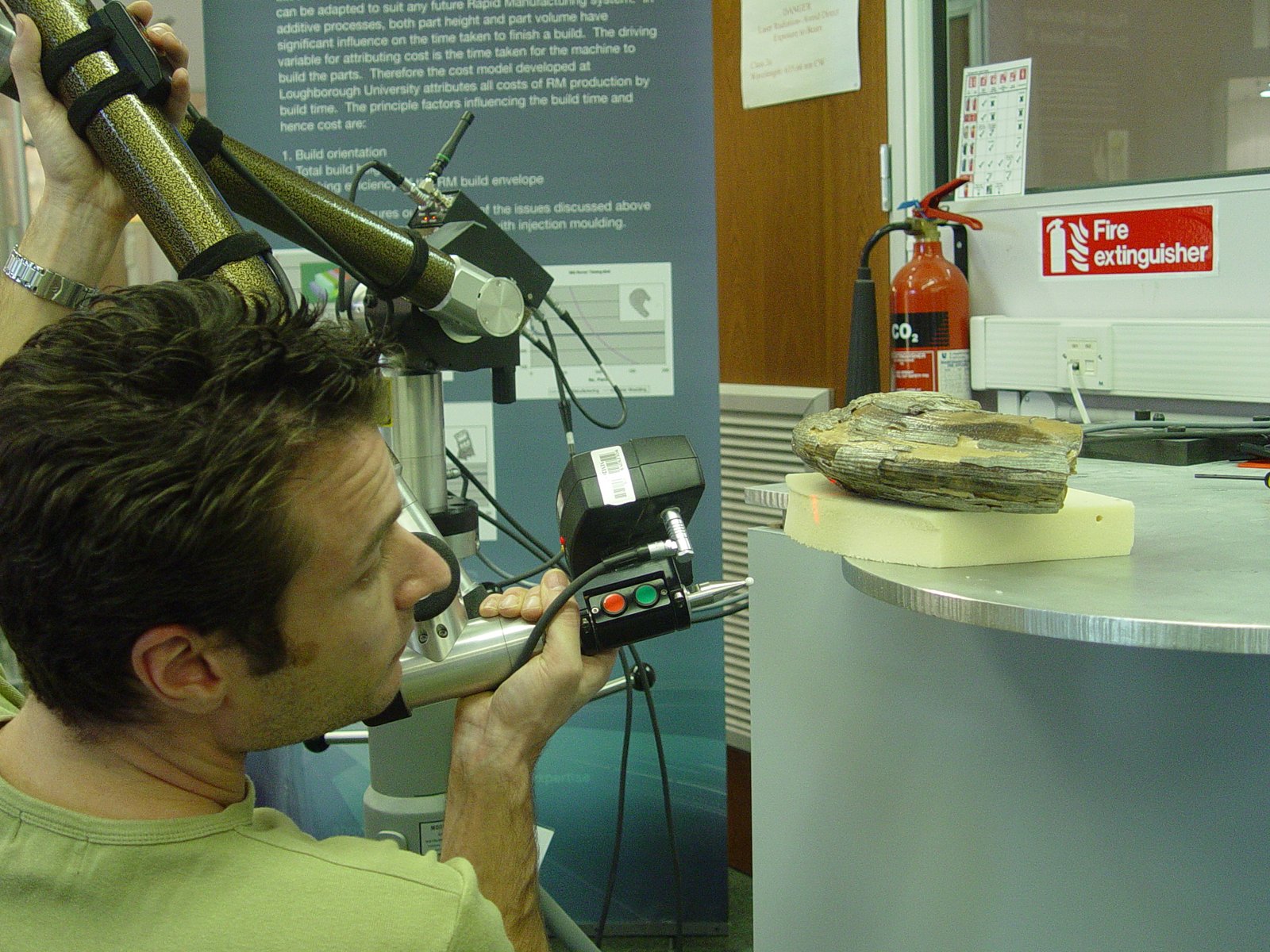
Cutting-edge technology is revolutionizing how we study Araripe’s fossils. CT scans, 3D modeling, and chemical analysis reveal secrets hidden deep inside the stone. Researchers can now reconstruct muscles, estimate colors, and even analyze ancient DNA fragments. It’s a fusion of old and new—where the patience of the fossil hunter meets the precision of the modern lab.
Araripe’s Place in the Global Fossil Record
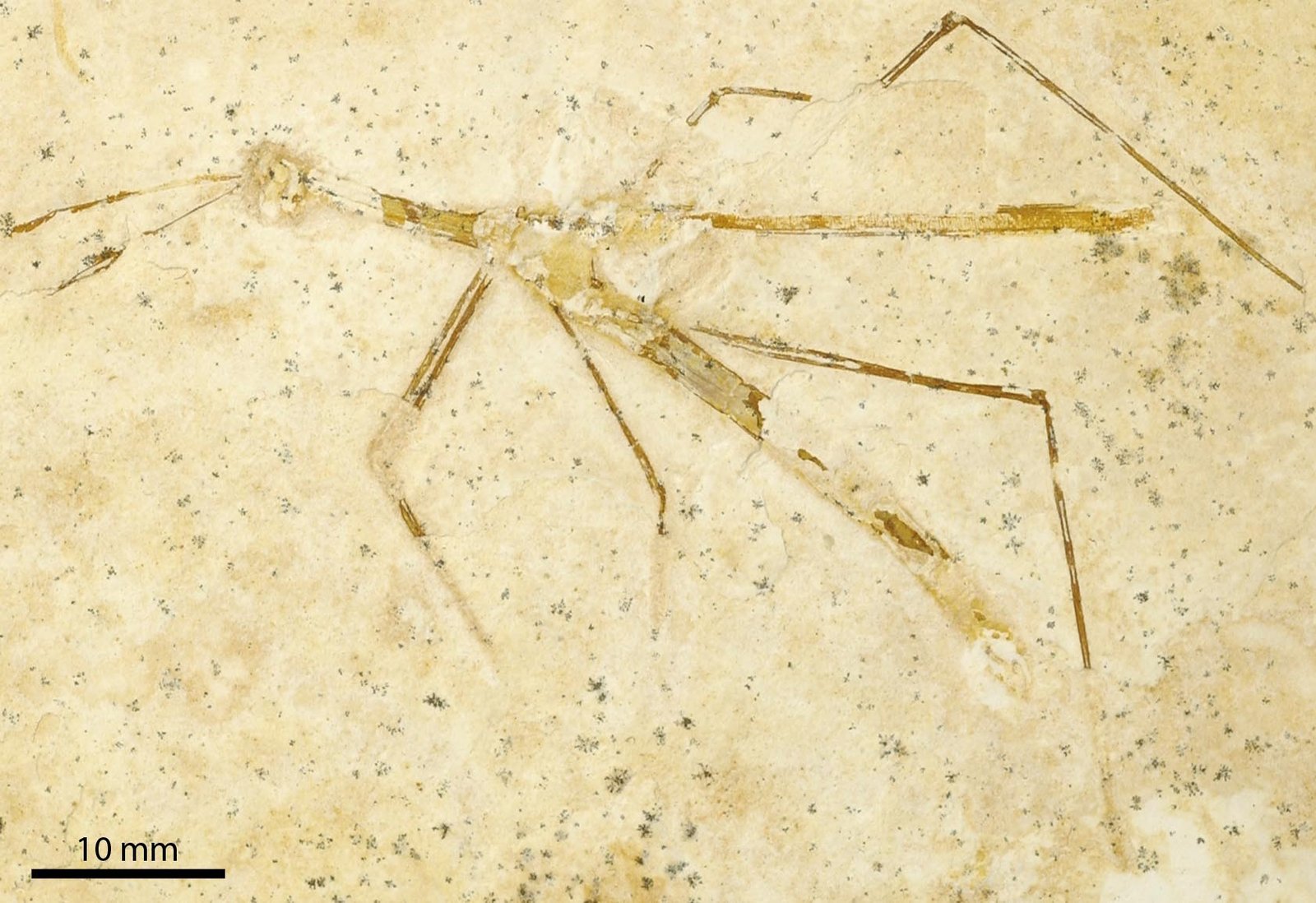
The basin isn’t just a local treasure—it’s a linchpin in our understanding of Cretaceous life worldwide. Fossils from Araripe fill in gaps, connecting South America’s ancient ecosystems with those of Africa, Europe, and beyond. Some species found here have close relatives across the ocean, hinting at the time before the continents split. It’s a reminder that the Earth’s story is interconnected, written across continents and eons.
Unsolved Mysteries and the Next Big Discovery
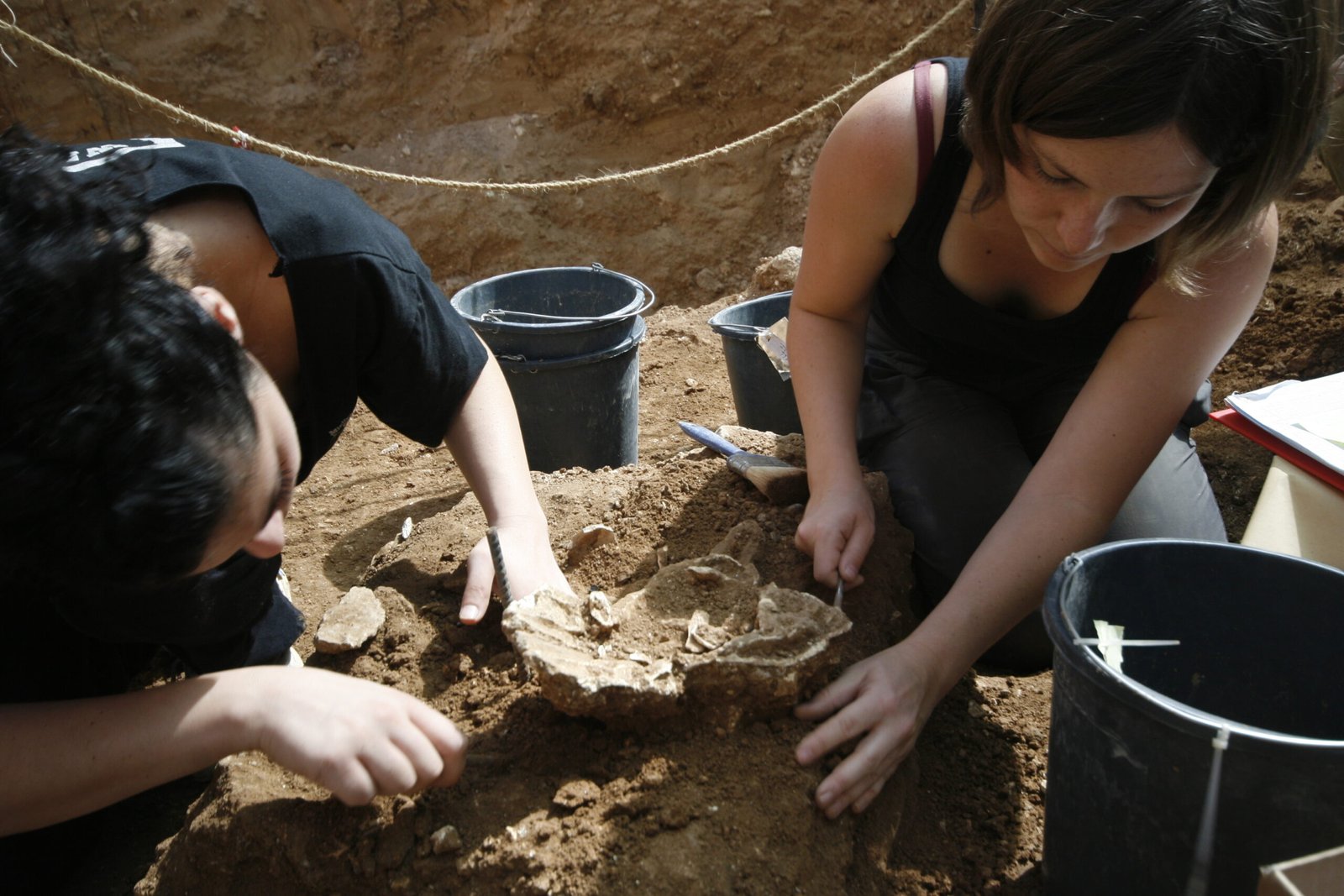
Despite decades of study, the Araripe Basin still holds countless secrets. New species are discovered almost every year, and many fossils remain mysterious—half-studied, half-understood. Scientists dream of finding the next big thing: a feathered dinosaur, a giant plant, or a perfectly preserved embryo. Each excavation is a gamble, a roll of the prehistoric dice. The thrill of the unknown is what keeps researchers coming back, year after year.
The Emotional Impact: Awe, Wonder, and Inspiration
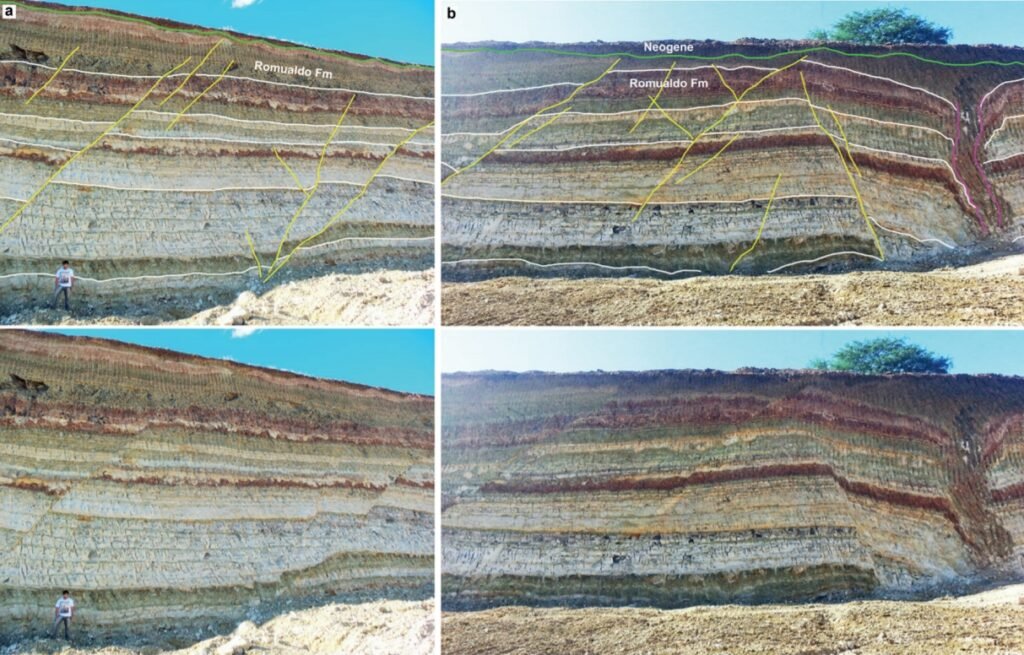
Standing in the Araripe Basin, holding a fossil that predates humanity by millions of years, is a humbling experience. These ancient relics stir something deep inside us—a mix of wonder, curiosity, and gratitude. They connect us to a world that once was, reminding us of our tiny place in the grand story of life. For many, the basin isn’t just a scientific site; it’s a source of spiritual inspiration, a place where past and present meet.
Looking Forward: The Future of Fossil Exploration in Araripe
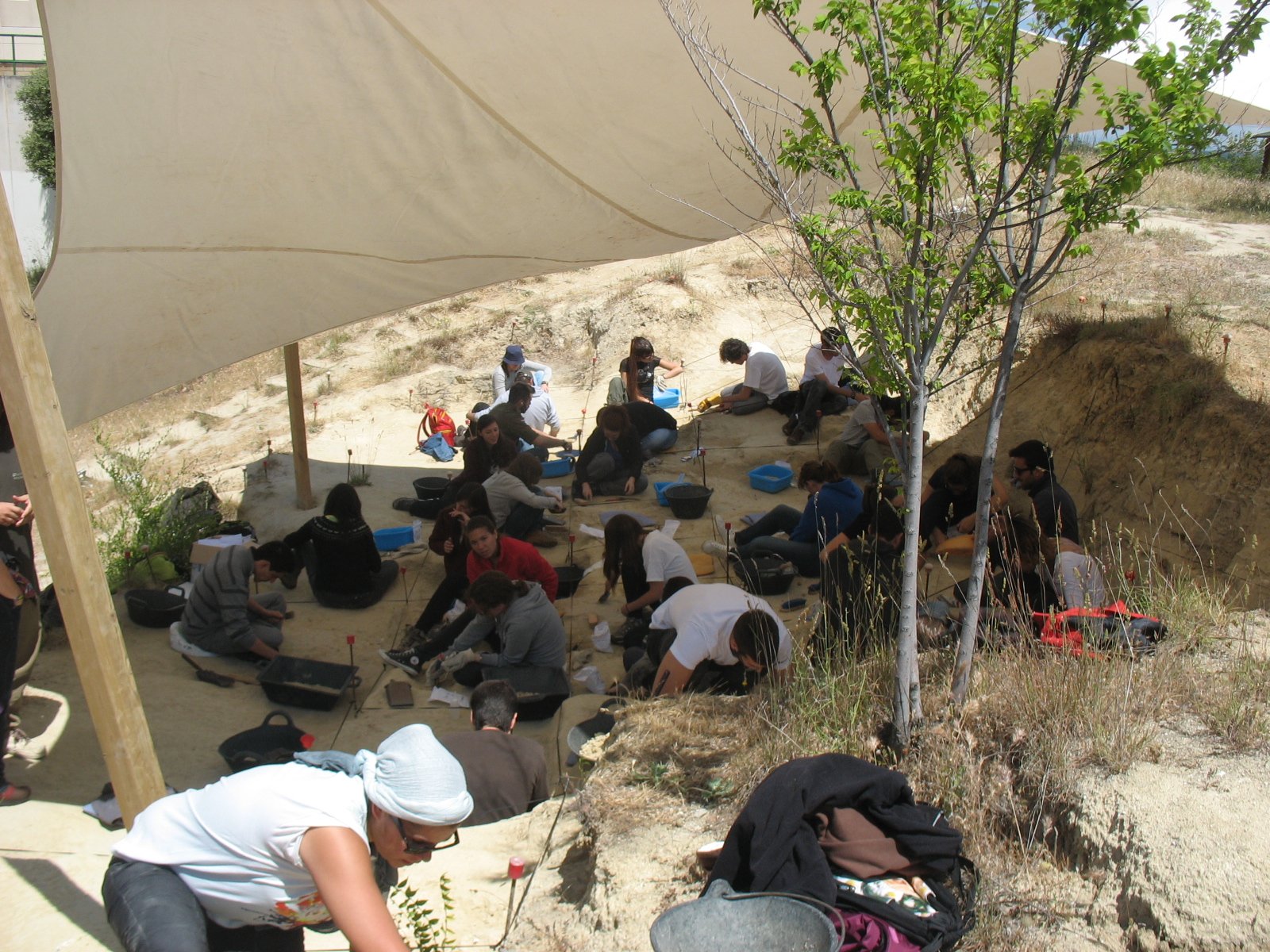
The story of the Araripe Basin is far from over. With new technologies, international collaborations, and growing public interest, the next chapter promises even greater discoveries. Young scientists, both local and global, are drawn to the basin’s mysteries, eager to make their mark. The fossils beneath the surface are waiting, patient and silent, ready to reveal their secrets to those brave enough to dig.
Sometimes, all it takes is a single stone, a careful hand, and a little imagination to rewrite the story of life on Earth. What ancient secrets would you hope to find in the rocks of Araripe?



